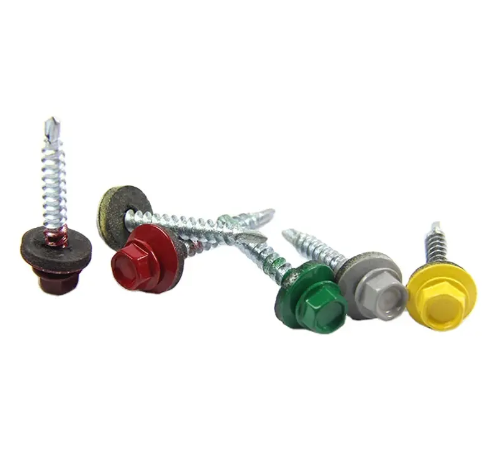drywall screw depth manufacturer
Understanding Drywall Screw Depth Insights from Manufacturers
When it comes to drywall installation, one of the essential factors to consider is the depth at which screws should be driven. Drywall screws, specifically designed for attaching gypsum board to wood or metal studs, come in various lengths and types, making it crucial for both DIY enthusiasts and professionals to know the appropriate depth to ensure a secure and flawless finish.
The Importance of Proper Screw Depth
Manufacturers of drywall screws have meticulously designed their products to perform under specific conditions. The correct depth is vital for several reasons, including structural integrity, aesthetics, and finishing ease. If screws are driven too deep, they can cause the drywall paper to tear, leading to potential weaknesses in the installation and creating unappealing dimples that are difficult to conceal. On the other hand, if screws are not driven enough, it can leave the drywall loose and prone to future damage.
Manufacturer Recommendations
Many manufacturers provide detailed guidelines concerning the proper depth for their drywall screws. It's generally recommended that screws should be driven such that the head is slightly embedded into the drywall without breaking the paper. A depth of approximately 1/16 to 1/32 of an inch is typically ideal. This slight indentation allows for the smooth application of joint compound during the finishing process, ensuring that the seams remain flush and invisible once painted.
Choosing the Right Screw
drywall screw depth manufacturer

The depth also varies depending on the type of screws being used. For instance, coarse-thread screws are ideal for wood studs, as they provide a stronger grip, while finer-thread screws are better suited for metal studs. The length of the screw is another important factor; typically, a 1-1/4 inch or 1-5/8 inch screw is sufficient for 1/2 inch drywall, whereas thicker boards may require longer screws.
Tools for Precision
To achieve the correct depth, many professionals utilize tools such as depth counters or screw guns with adjustable settings. These tools help ensure that screws are consistently driven to the proper depth across the entire installation, which contributes to a uniform finish and minimizes the risk of damaging the drywall.
Conclusion
In summary, understanding and adhering to the manufacturer's specifications regarding drywall screw depth is paramount for any successful drywall installation. Proper screw depth not only guarantees the structural integrity of the wall but also enhances the overall aesthetics of the finished project. By selecting the right type of screw, using appropriate tools, and following detailed manufacturer recommendations, both DIYers and professionals can achieve impressive results that will stand the test of time.
Investing time in mastering the nuances of drywall screw installation can lead to a better quality finish and a more resilient structure, providing value to any space.
-
Top Choices for Plasterboard FixingNewsDec.26,2024
-
The Versatility of Specialty WashersNewsDec.26,2024
-
Secure Your ProjectsNewsDec.26,2024
-
Essential Screws for Chipboard Flooring ProjectsNewsDec.26,2024
-
Choosing the Right Drywall ScrewsNewsDec.26,2024
-
Black Phosphate Screws for Superior PerformanceNewsDec.26,2024
-
The Versatile Choice of Nylon Flat Washers for Your NeedsNewsDec.18,2024










